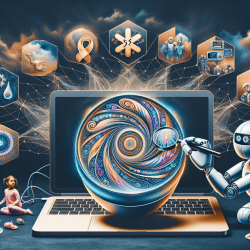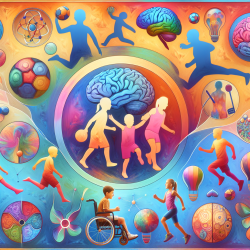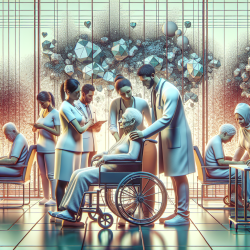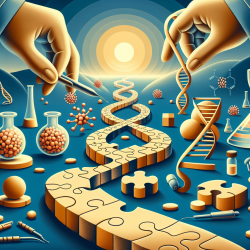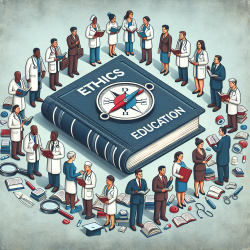Introduction
As technology continues to evolve, its applications in healthcare are becoming increasingly sophisticated. A recent research article titled "Detection of Diseases Using Machine Learning Image Recognition Technology in Artificial Intelligence" highlights how machine learning (ML) and image recognition can significantly enhance disease detection and diagnosis. This blog explores the findings of the study and provides insights into how practitioners can leverage these technologies to improve their skills and outcomes for children.
Understanding Machine Learning and Image Recognition
Machine learning is a subset of artificial intelligence that involves training algorithms to learn from and make predictions based on data. In the context of healthcare, ML can process vast amounts of medical data to identify patterns and make diagnostic predictions. Image recognition, a critical component of ML, involves analyzing and interpreting visual data to identify specific features or anomalies.
Key Findings from the Research
The study demonstrated that image recognition technology based on machine learning could accurately identify white blood cells that are difficult to distinguish with the naked eye, achieving a recognition rate of up to 90%. This capability significantly enhances the accuracy and efficiency of disease diagnosis, providing valuable support to medical practitioners.
Furthermore, the technology can detect hidden diseases that might not be apparent during a typical examination, offering a crucial advantage in pediatric healthcare. This early detection is vital for timely intervention, improving the prognosis for young patients.
Practical Applications for Practitioners
For practitioners, integrating ML and image recognition into their diagnostic toolkit can offer several benefits:
- Improved Diagnostic Accuracy: By utilizing ML algorithms, practitioners can enhance the precision of their diagnoses, reducing the likelihood of errors.
- Increased Efficiency: Automated image analysis can save time, allowing practitioners to focus on patient care rather than manual data interpretation.
- Early Detection: Identifying diseases at an early stage can lead to better outcomes, particularly in children, where early intervention is crucial.
Encouraging Further Research
While the current research provides a strong foundation, there is always room for further exploration. Practitioners are encouraged to engage with ongoing studies and contribute to the development of more advanced ML models. By staying informed and involved, they can ensure that they are utilizing the most effective tools available.
Conclusion
Machine learning and image recognition are transforming the landscape of healthcare, offering powerful tools for disease detection and diagnosis. By embracing these technologies, practitioners can improve their diagnostic capabilities and ultimately provide better care for their patients. To delve deeper into the research, practitioners can access the original study through this link: Detection of Diseases Using Machine Learning Image Recognition Technology in Artificial Intelligence.
